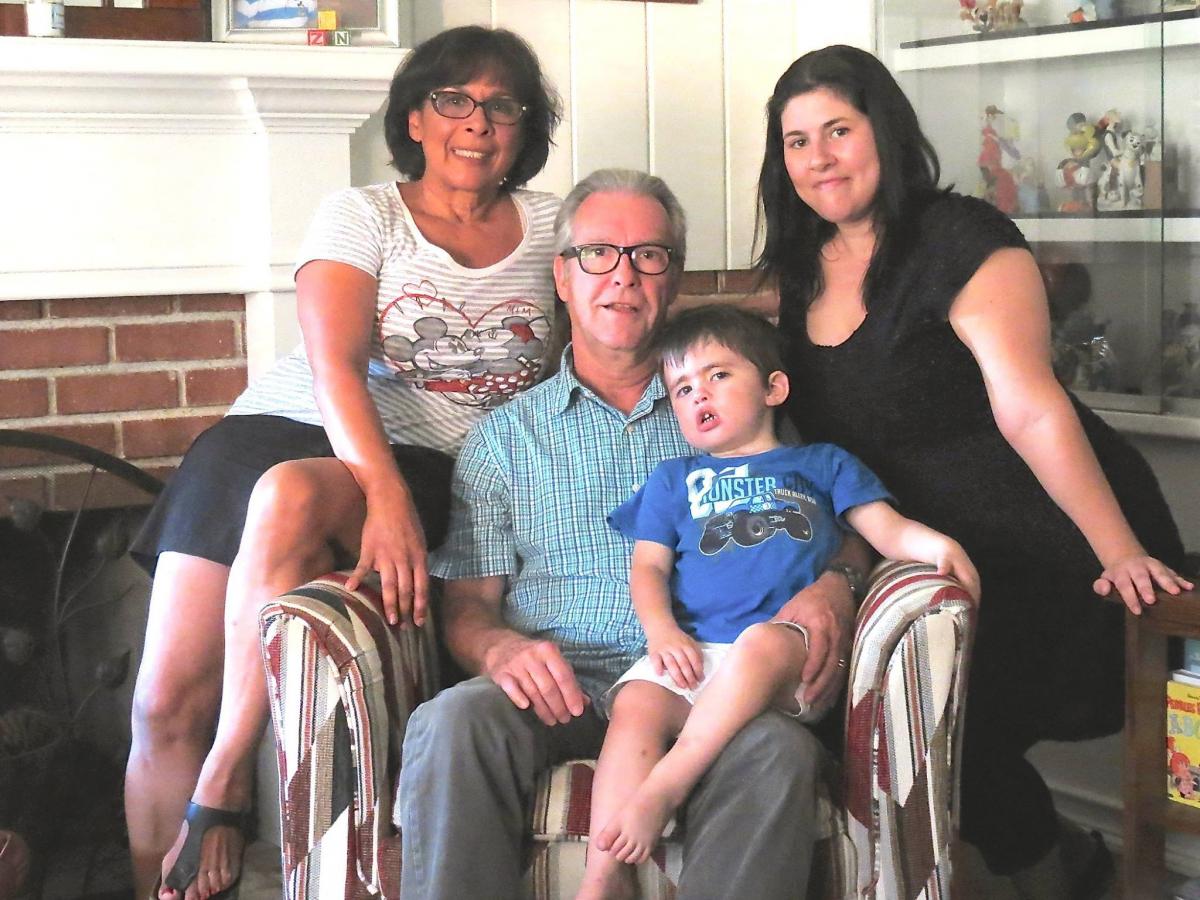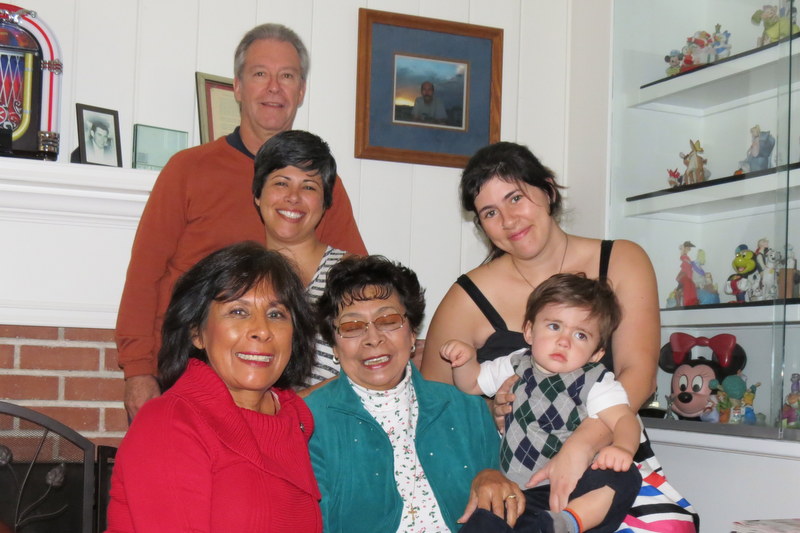
Educating Future Doctors
On March 3, 2020, Loraine Dressler presented to about 40 first and second year medical students at UC Irvine School of Medicine on behalf of the myotonic dystrophy (DM) community. Many of the students come from California but some come from all over the country. They are pursuing medical degrees to become physicians and they all felt very fortunate to have Loraine Dressler and families of the Myotonic Dystrophy support group speak about their experiences. The PALS program at UC Irvine hosted the talk. PALS is a student-initiated public-service program at UC Irvine modeled after the big brother/big sister program. Medical students are paired with children ages 7-17 with a chronic illness/disability in efforts to help the child or adolescent create meaningful relationships and develop coping skills.

Different Appearances Across the Generations
The student group first showed a 10 minute slide presentation that gave a very good overview of DM. Next, Amanda from the student group introduced Loraine and the Orange County Support group. Loraine brought her own family (3 generations) and two other families to represent how different and yet how similar the myotonic dystrophy experience is. Loraine spoke for 20 minutes about her story, including how her brother was diagnosed at 25 years old and died at 47 years old primarily due to esophageal cancer secondary to myotonic dystrophy. She discussed how his physician told him that since his symptoms didn't show until his was an adult, he would probably live a long life with some symptoms, which proved to be very wrong as his symptoms continued to enhance rapidly. He was on a G tube feedings and had numerous aspiration pneumonia challenges and body muscle wasting. Her family was called together when her brother was diagnosed because UCLA wanted to do genetic testing. At that time, there were only muscle biopsies, which could be inconclusive and uncomfortable. Loraine and her sister declined the invitation to do genetic testing as neither of them had symptoms.

A Diagnosis for the Family
Loraine then discussed her more recent history with the disease, starting in 2012, when her younger daughter became pregnant with their first grandchild. She was retaining fluid and the baby wasn't moving. She was sent to a geneticist, who did a family pedigree and ordered an ultrasound. Two hours after the ultrasound and 5 minutes back in the office of the geneticist, three of her family members were diagnosed. The baby was diagnosed with the most severe form of DM called congenital myotonic dystrophy, while her daughter was diagnosed with childhood onset DM, and Loraine was diagnosed with adult onset DM.
Loraine spoke about her muscle tightening experiences throughout her life, including her retirement at age 50 due to not rehabilitating after having bilateral hip replacements. She discussed how challenging it is to care for a child with congenital DM, while having it herself. She discussed all of her grandson's affected bodily systems and spoke about needing a "Team Zen" to work with a person who has a degenerative progressive condition without a cure. Loraine suggested that a social worker who is connected to the community can be the best resource for patients like her family.
Families Share their Stories
A member of the Orange County support group named Emily spoke about her diagnosis, which came after her son was born, when she was showing the neonatologist a family picture. The doctor saw her nephew in the picture and told her he knew that her son was likely born with Congenital DM. Emily had a family gathering and then they discovered that her twin sister, uncle and two nephews had DM. Emily had not been able to conceive and her baby came through IVF. She had not done any testing for DM.
Another group member, Karin, spoke about her struggles with DM including how her diagnosis came after her father-in-law told her that she was dragging her foot and should be seen by a neurologist. Karin has three children, none of whom showed any signs of DM, nor had they been tested. No one in her family had showed obvious signs of DM either.
Put People First
The medical students were encouraged to ask questions and there were thoughtful questions from the audience. The presentation was a great experience overall for everyone involved and validated the experiences of the support group representatives. Loraine’s wish is that the students will remember that every statistic they read represents a person and she hopes that this experience will help inform their schooling and training for years to come.
